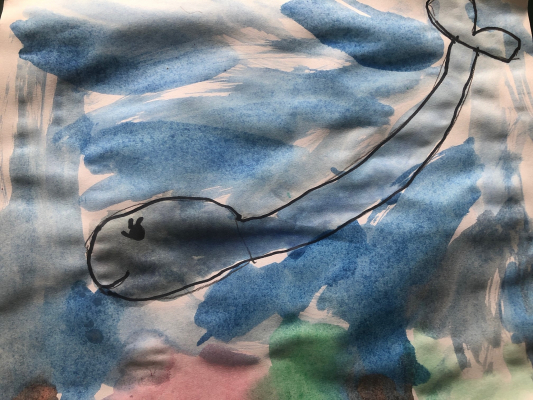Species of the Week - Week Six
Introduction
These are uncertain times. The Covid 19 pandemic forces many of our IWC community around the world to live and work remotely, away from families, friends and colleagues. Meetings, including our own Scientific Committee, will not be held in-person.
Many observers have spoken of the need to reassess our relationship with our environment post-Covid 19, to ensure the vast global recovery programme that will be needed takes a new approach and considers One Health – human, environmental and economic. This will be a big challenge.
In the meantime, the IWC offers a very small challenge – hopefully a fun diversion for you, your children and anyone else sharing these tough times with you. Each week we will spotlight a cetacean species and ask three questions about that species. The answers will be found in a link to the IWC’s Whale Watching Handbook, a resource to support sustainable whale watching all over the world.
As well as testing or extending our knowledge of cetaceans, we hope that this will encourage you to think beyond these current, difficult circumstances and to the future when we can roam freely outside, watch whales, dolphins, porpoises and other wildlife once more, and with newfound appreciation of the variety and value of our environment.
Week Six: the killer whale – questions
Killer whales are one of the best known cetacean species and long revered by various aboriginal cultures. Below are three questions to test your knowledge of these iconic animals. The answers can be found on the Killer Whale page of the Whale Watching Handbook.
What other name is the killer whale known by?
Are killer whales a species of dolphin or whale?
Killer whales have distinctive markings. What three colours are usually present?
Week Five: the right whale - answers
The answers to last week’s questions on the right whale, taken from the Right Whale page of the Whale Watching Handbook:
The three main reasons why whalers historically preferred to hunt right whales are that right whales yielded high quantities of oil and baleen, they were easy to catch, and they floated when dead.
There are three recognised species of right whales. They are North Atlantic right whales, North Pacific right whales and Southern right whales.
Right whales feed almost exclusively on zooplankton.
Picture competition
Thank you to this week's amazing artists: Aoife Buckley age 4, Fela Parage age 2 and Edward Page age

